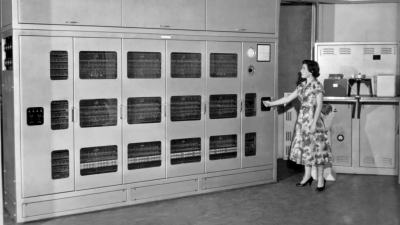Odd hardware designs crop up in art and renders far more frequently than in the flesh, but console modder [GingerOfOz] felt the need to bring [Anh Dang]’s image of the inevitable carcinization of our gaming consoles to life.
Starting with the image as inspiration, [GingerOfOz] got to work in CAD, creating an entirely new shell for the battered PSOne he adopted for the project. The final product is slightly less curvy than the picture, but some artistic license was necessary to go from the page to the real world.
The enclosure itself looks straightforward, if a bit tedious, but the articulating crab controller is a work of art itself. He could’ve made the arms static or non-functional, but they’re a fully-functional PlayStation controller that can move around just like on your favorite crustacean at the beach, minus the pinching. We love this whimsical take on the console mod which is a breath of salty air to the continuous race to get increasingly complex consoles into handheld form, although there’s certainly nothing wrong with that!
If you’re looking for some other console mods, how about this Apple M1 inside a Wii or getting your old Ouya up-and-running again?
Continue reading “Playstacean Evolves The PSOne Into The Crab It Was Always Meant To Be”



















